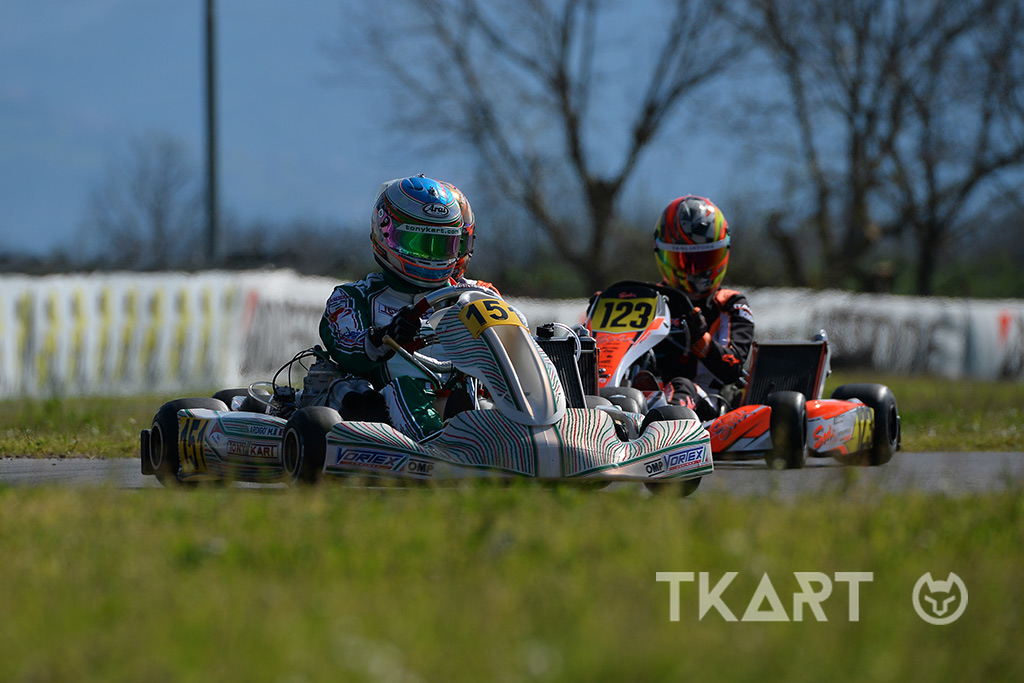CARBURETION
A good start doesn’t only depend on the skill of the driver, but also on the carburetion: if the engine runs too "rich" or too "lean", its response to clutch release changes and this can result in a poor start, especially for less experienced drivers.
A slightly rich engine can be "cleaned" while on the starting grid. Of course, you also to understand where it is "rich", because a float carburetor has a number of adjustments (sprayer pin, minimum and maximum float, etc.) that vary carburetion in the different ranges of engine speed. However, you can adjust it using short, sharp stabs on the accelerator pedal. I do so by dividing the accelerator stroke into three parts: 0-50-100. If the engine is running rich, I mustn’t accelerate 100%, otherwise I risk not having the right response when I need a burst of speed. I recommend accelerating to 50%: the carburetion of the engine will be "cleaner" and the burst of speed will be better.

